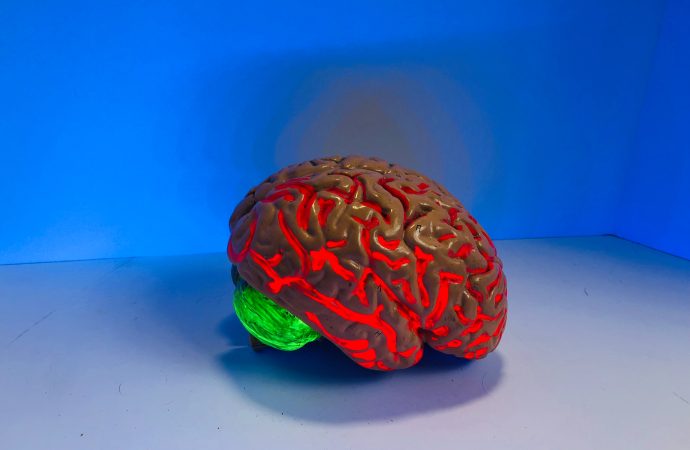Marijuana has been the subject of much debate in recent years, with some advocating for its legalization and others warning of its potential risks. One area of concern is the impact of marijuana on the developing brain, particularly in adolescents. Research has shown that the adolescent brain is particularly vulnerable to the effects of marijuana,
Marijuana has been the subject of much debate in recent years, with some advocating for its legalization and others warning of its potential risks. One area of concern is the impact of marijuana on the developing brain, particularly in adolescents.
Research has shown that the adolescent brain is particularly vulnerable to the effects of marijuana, which can have significant and long-lasting impacts on brain development. While the exact mechanisms of these effects are still being studied, there is clear evidence to suggest that early marijuana use can have negative consequences for cognitive function, memory, and attention span.
One of the key concerns is that marijuana use during adolescence can interfere with the development of the prefrontal cortex, a part of the brain responsible for executive functions such as decision-making, problem-solving, and impulse control. This can have significant implications for an adolescent’s ability to make responsible choices and to manage their emotions and behavior.
In addition to these cognitive effects, marijuana use during adolescence has also been linked to an increased risk of developing psychiatric disorders, such as schizophrenia and depression. While the exact nature of this link is still being studied, it is believed that the use of marijuana during this critical period of brain development can disrupt normal patterns of brain activity, leading to long-term changes in the brain.
Despite these risks, many young people continue to use marijuana, often in the belief that it is safe or even beneficial. This highlights the need for increased education and awareness about the potential risks associated with marijuana use, particularly among young people.
One way to address this issue is through increased public education campaigns, aimed at both adolescents and their parents. By providing accurate information about the potential risks of marijuana use, and emphasizing the importance of delaying use until later in life, we can help to reduce the number of young people who are exposed to the potential harms of this drug.
Another important step is to increase funding for research into the effects of marijuana on the adolescent brain. While there is already a significant body of research in this area, much more work needs to be done to fully understand the nature of these effects, and to identify effective interventions that can help to mitigate them.
At the same time, we need to recognize that marijuana may have some potential benefits, particularly for those suffering from certain medical conditions. As such, it is important to take a balanced approach to this issue, weighing the potential risks and benefits of marijuana use and making informed decisions based on the available evidence.
Ultimately, the impact of marijuana on the adolescent brain is a complex and multifaceted issue, and one that requires a nuanced approach. By increasing education and awareness, investing in research, and taking a balanced approach to the potential risks and benefits of marijuana use, we can help to ensure that young people are able to make informed choices about their health and wellbeing.

















Leave a Comment
Your email address will not be published. Required fields are marked with *